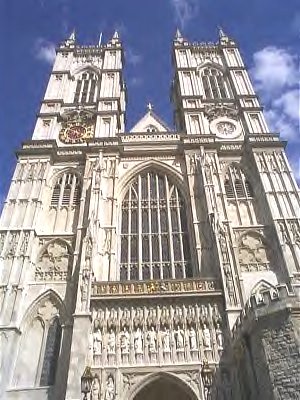







"I dub you knight." Once these words were spoken and a young man felt the tap of a sword on his neck, he knew his years of training were over. He was now a knight. Not every boy could become a knight. A knight's family had to be rich enough to buy the armor, weapons, and war horse needed for this work. For this reason, knights came from the highest classes of society. They were sons of nobles, and the honor of being a knight passed from one knight to his sons.


Training to become a knight began at age 7, when a young boy was sent to live at the castle of a great lord. Often, the castle belonged to an uncle or or another relative.
At the castle, the boy learned good manners and such skills as singing, dancing, and playing chess.
Playing games like tag and wrestling built up his strength.
He learned how to hold and use a sword and shield. The young page had chores to do, too. After seven or eight years as a page, the young man became a squire.


By then, he was about 14 years old. As a squire, he acted as the personal servant to a knight. He set the table and served the meals.
He learned to ride a horse and use a sword and lance. A suire might build up his strength by carrying a sword twice as heavy as the one he would use in battle. He followed his master into battle and helped care for any wound his master got. A squire's training lasted about six or seven years. A dubbing ceremony marked the special day when training ended.
On the night before the ceremony, the squire bathed and put on special clothing. Then he prayed and fasted alone in a church with his weapons nearby.


The next day, the knight received a sword and other weapons from the knight who had trained him. His sword was blessed and he promised to follow the special code of conduct of a knight. Then he knelt down and an older knight "dubbed" him by tapping him on the side of his neck with the flat side of the sword.


The Middle Ages was a time period roughly between A.D. 476 through 1450. These were very important years for castle building in Europe, especially from the 11th to 16th century. Although the age of knights and castles ended long ago, thousands of castles remain scattered throughout western Europe in England, France, Spain, Italy, Germany and Wales.
Go to the following sites, read and keep notes of the important parts of a castle. You will then use this information to create and make a three dimensional model of a castle.
- Castle Kids
- Kid's Castle
- Castle Resources
- Parts Of A Castles
- Castles of The World
- National Geographic









To distinguish a knight from another, knights created and used their own shield with their own coat of arms. As you can imagine, friends could have been mistaken for enemies if it wasn't for their shields. Over time these symbols called coat of arms, became associated with noble families, who proudly put them not only on shields but on everything, from flags to clothing and jewelry. They also appeared carved above castle gates and elsewhere in architecture. Now create your own. All you have to do is click on the shield below and you will be on your way. Remember to be creative and draw it in your journal.
